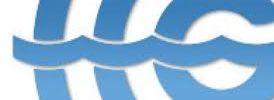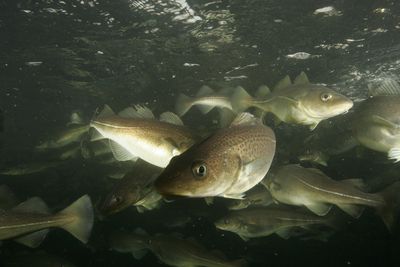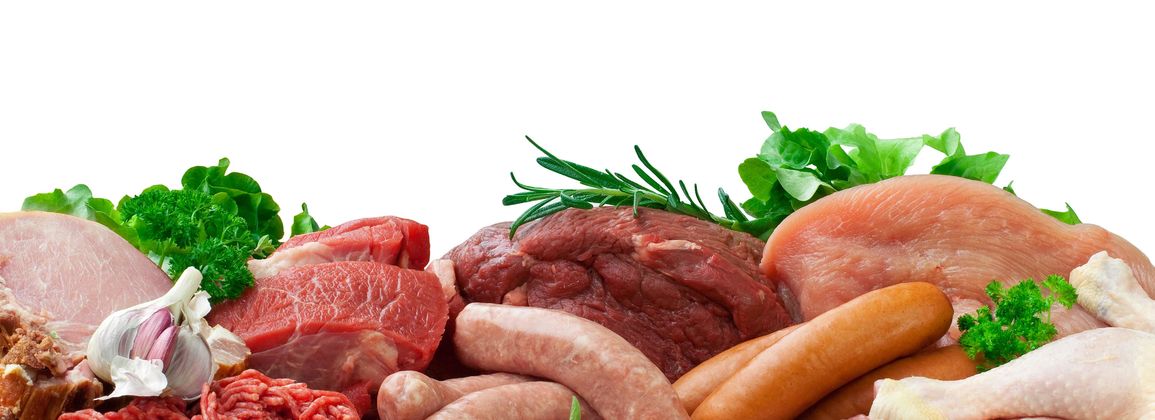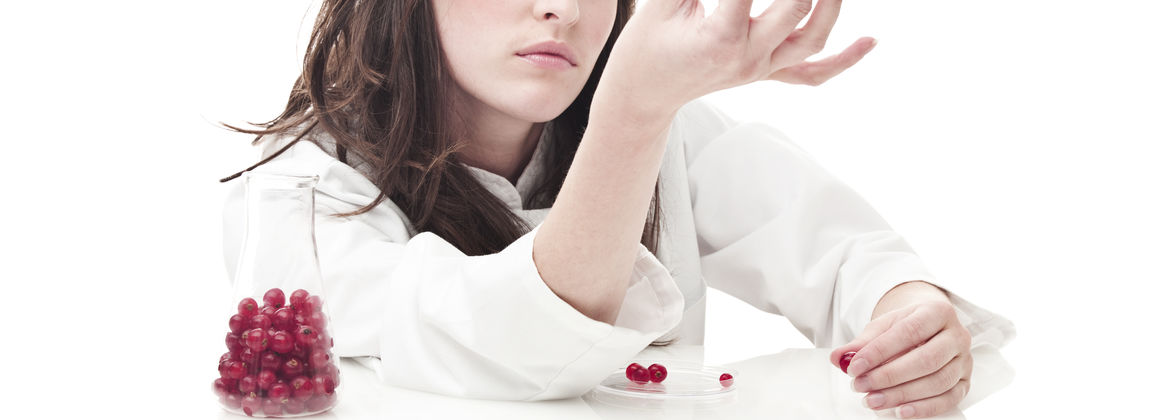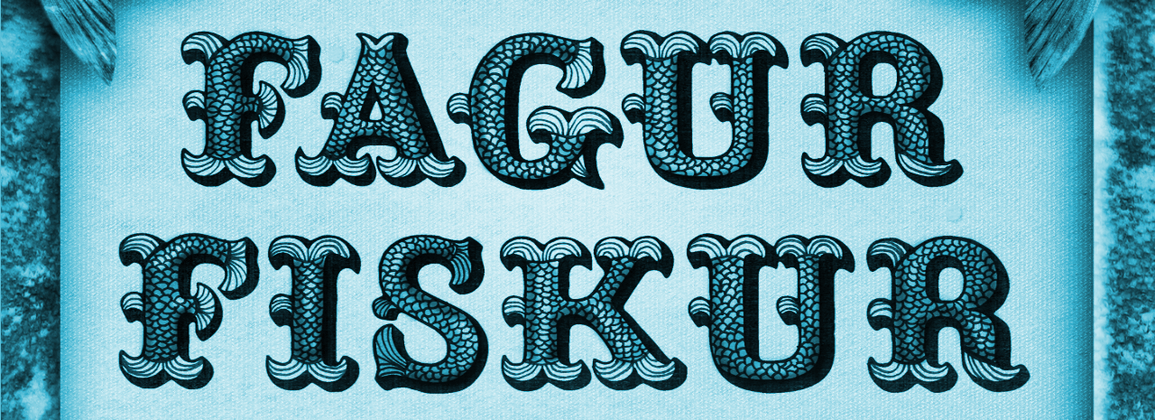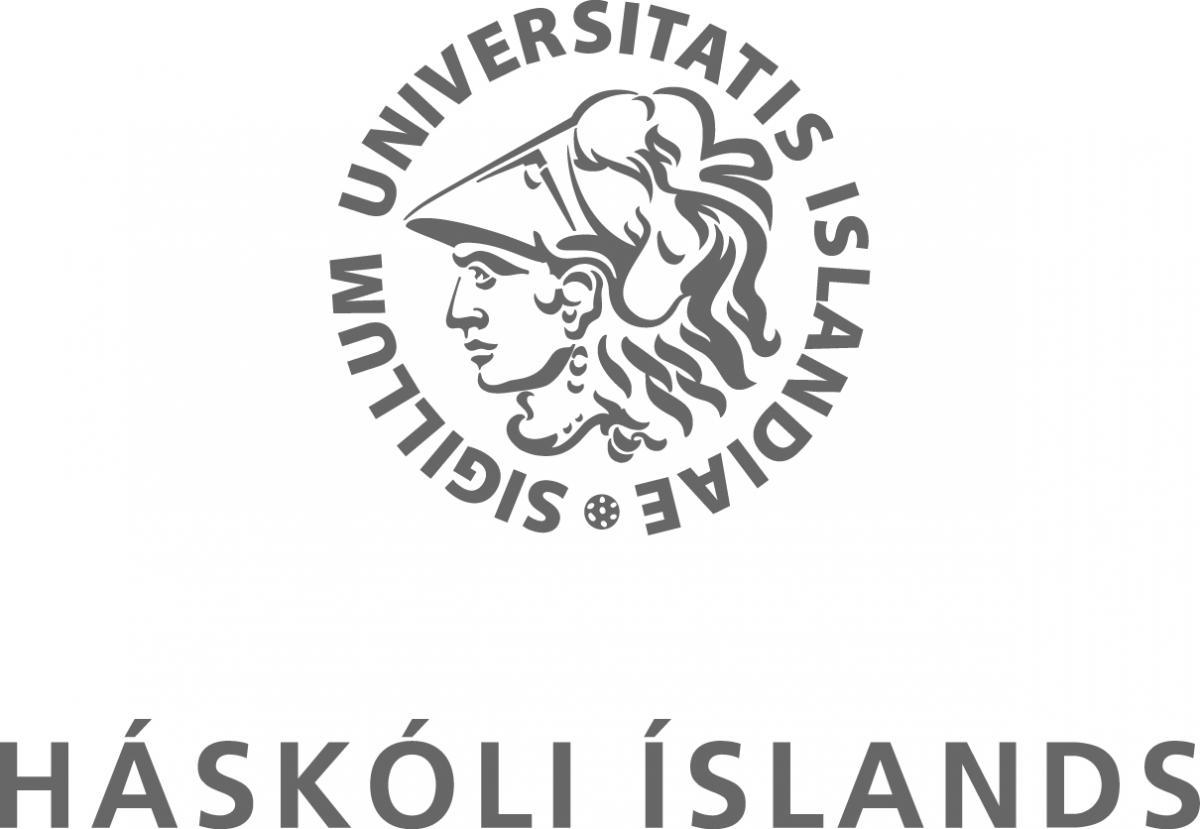Undesirable substances in seafood products - results from the Icelandic marine monitoring activities in the year 2010
In 2003, at the initiative of the Ministry of Fisheries, monitoring of undesirable substances in marine products, both for human consumption and products for the fish oil and flour industry, began. Matís has been entrusted with the supervision of the monitoring project. The purpose of the monitoring is to assess the condition of Icelandic marine products with regard to the amount of contaminants. The aim is also to collect independent scientific data on undesirable substances in marine products for the government, the fishing industry as well as buyers and consumers of Icelandic seafood. The data collected in the monitoring project will also be used in risk assessment and to build up a database on contaminants in the Icelandic ecosystem. Coverage of contaminants in marine products, both in the mainstream media and in scientific journals, has many times demanded the response of the Icelandic government. It is necessary to have scientific results available that demonstrate the actual condition of Icelandic seafood in order to prevent damage that may result from such coverage. Furthermore, the limits of contaminants are under constant review and it is important for Icelanders to participate in such a review and support their case with scientific data. This shows the importance of regular monitoring and that Iceland conducts independent research on such an important issue as marine product pollution. This report is a summary of the results of the monitoring for the year 2010. Assessment of the state of Icelandic marine products with regard to contaminants is a long-term project and will only be carried out through continuous monitoring. Every year, therefore, the missing data is carefully reviewed, thus aiming to fill in the gaps. In 2010, the following substances were measured in marine products intended for human consumption as well as products for the fish oil and flour industry: dioxins, dioxin-like PCBs and pointer PCBs, PBDEs, metals, as well as 12 different types of pesticides. A special effort was made to measure PBDEs and metals in 2010 and their concentration was generally low in Icelandic seafood. As before, a small amount of undesirable substances was generally measured in Icelandic seafood in 2010. Oil and flour made from blue whiting, however, have to be close to or above the permitted limits for certain substances.
This monitoring of undesirable substances in seafood products was initiated by the Icelandic Ministry of Fisheries and Agriculture in the year 2003. Until then, this type of monitoring had been limited in Iceland. Matis was assigned the responsibility of carrying out the surveillance program, which has now been ongoing for seven consecutive years. The purpose of the project is to gather information and evaluate the status of Icelandic seafood products in terms of undesirable substances. Further, the aim of the project is to provide independent scientific data on undesirable substances in Icelandic seafood for food authorities, fisheries authorities, industry, markets and consumers. The information will also be utilized for a risk assessment and gathering of reference data. This report summarizes the results obtained in the year 2010 for the monitoring of various undesirable substances in the edible part of marine catches, fish meal and fish oil for feed. The monitoring began in 2003 and has now been carried out for seven consecutive years. The evaluation of the status of the Icelandic seafood products in terms of undesirable substances is a long term project which can only be reached through continuous monitoring. For this reason, we carefully select which undesirable substances are measured in the various seafood samples each year with the aim to fill in the gaps in the available data. Thus the project fills in gaps of knowledge regarding the level of undesirable substances in economically important marine catches for Icelandic export. In the year 2010, data was collected on dioxins, dioxin-like PCBs, marker PCBs, 12 different types of pesticides, PBDEs and trace metals in the edible part of fish, fish oil and meal for feed. Samples collected in 2010 generally contained low concentrations of undesirable substances. These results are in agreement with our previous results obtained in the monitoring programs in the years 2003 to 2009. In the year 2010 emphasis was placed on gathering information on the organic compounds PBDEs and inorganic trace elements in the edible part of marine catches as well as in the fish meal and fish oil for feed. The results reveal that the concentrations of PBDEs compounds are in low in fish and fish products for feed. Blue whiting meal and oil can contain undesirable substances in concentration close to or exceeding the maximum level set by the EU.


